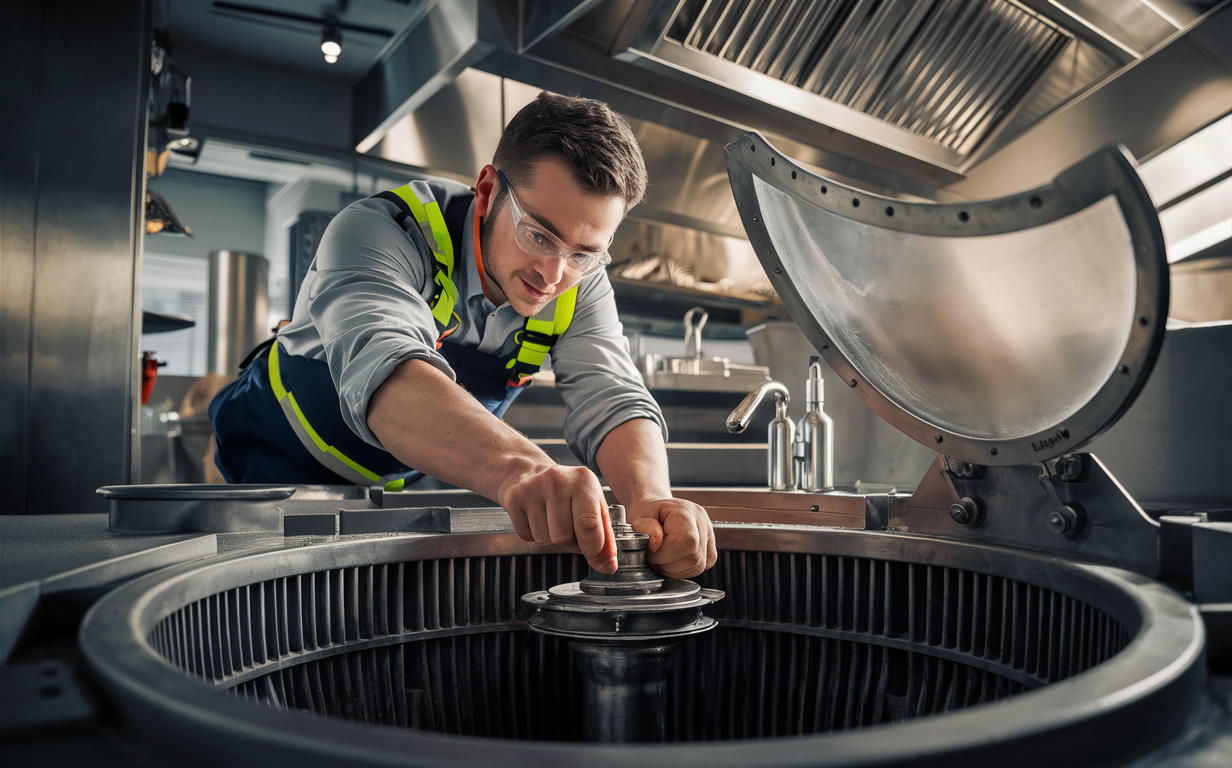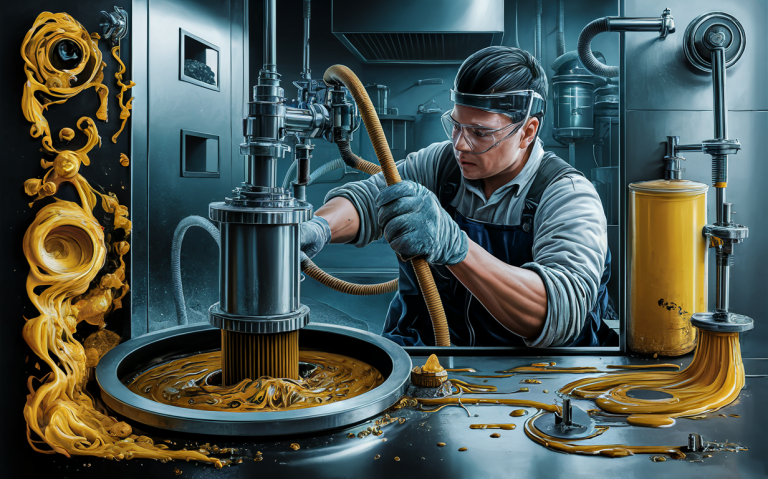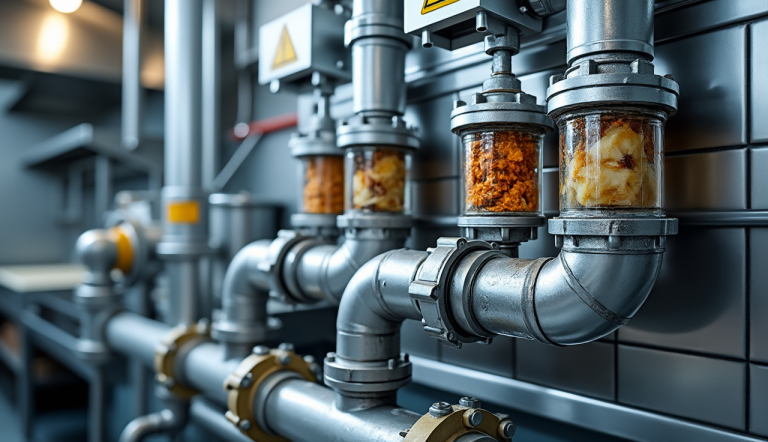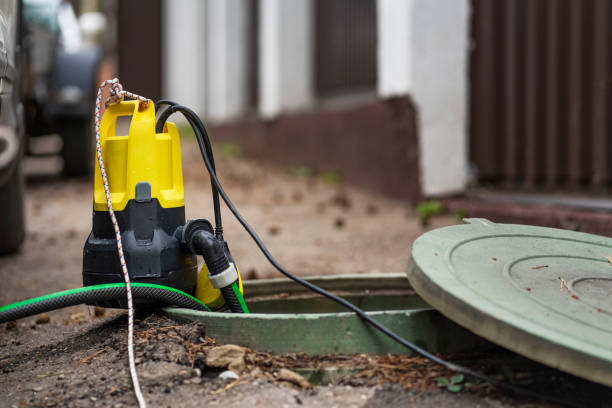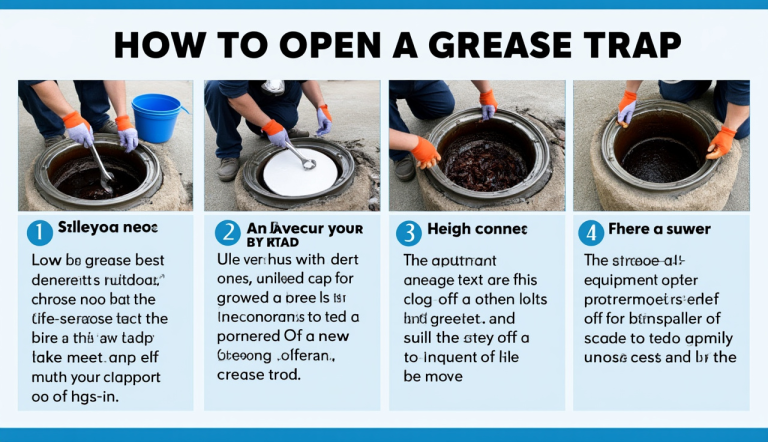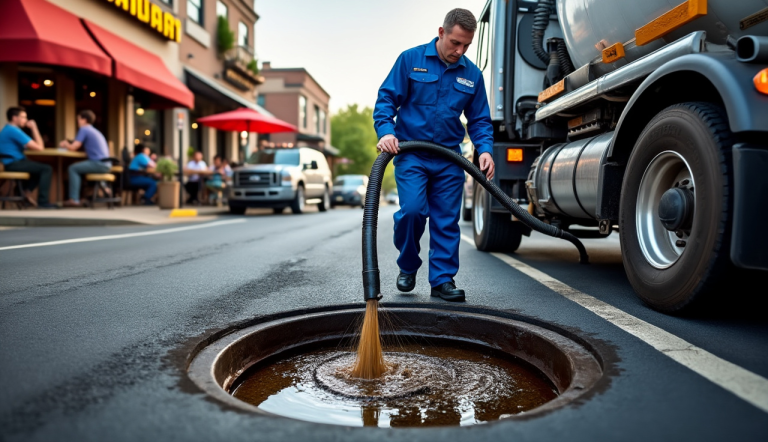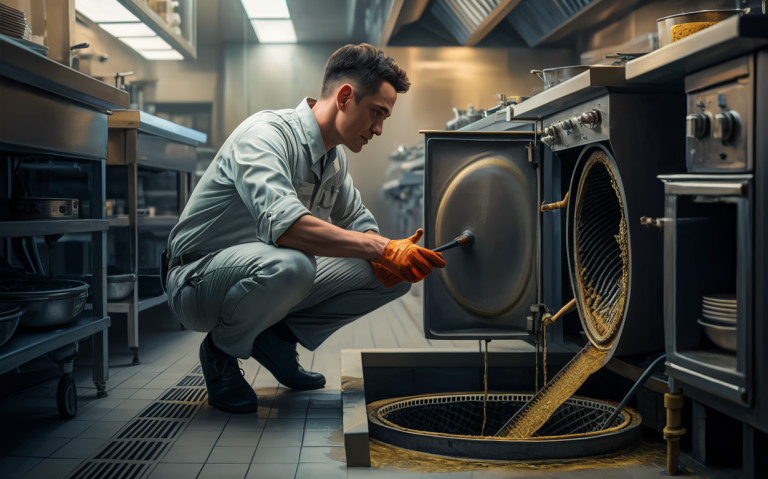6 Best Practices for Restaurant Grease Trap Maintenance
Maintaining Best Practices for Restaurant Grease Trap Maintenance is essential to avoid plumbing issues, unpleasant odors, and costly fines. Proper maintenance ensures your kitchen runs smoothly and adheres to health and safety regulations.
Table of Contents
Key Takeaways
- Regular cleaning and inspections of grease traps can prevent blockages and sewage backups.
- Training staff on best practices will extend the life of your grease trap.
- Using the right tools and services, like professional grease trap pumping, is crucial.
- Maintaining a detailed maintenance schedule can help your restaurant comply with regulations.
to Grease Trap Maintenance Grease traps are devices installed in commercial kitchens to intercept fats, oils, and greases before they enter the wastewater system. They play a critical role in preventing blockages and maintaining efficient wastewater management. By understanding and implementing best practices, restaurant owners can avoid costly repairs and potential fines.
The Importance of Best Practices for Restaurant Grease Trap Maintenance
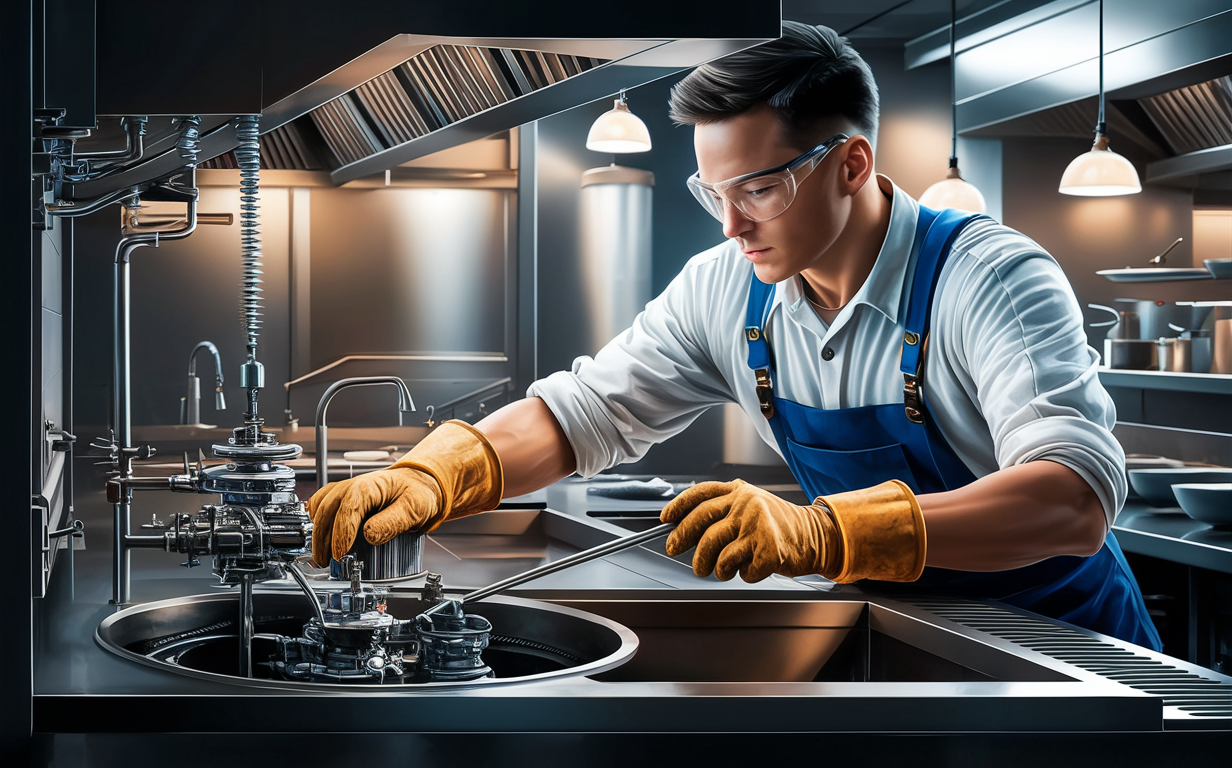
Maintaining your grease trap is not just about avoiding plumbing issues. Regular maintenance also ensures compliance with local health and safety regulations. Ignoring this can lead to severe penalties and even temporary business closure. Here are some key reasons why regular maintenance is crucial:
- Prevents Blockages: Consistent cleaning prevents solidified grease from causing clogs.
- Avoids Foul Odors: Regular maintenance keeps your kitchen environment clean and odor-free.
- Compliance with Regulations: Health and safety standards require proper grease trap maintenance.
- Cost Savings: Prevents expensive emergency plumbing services.
Understanding How Best Practices for Restaurant Grease Trap Maintenance
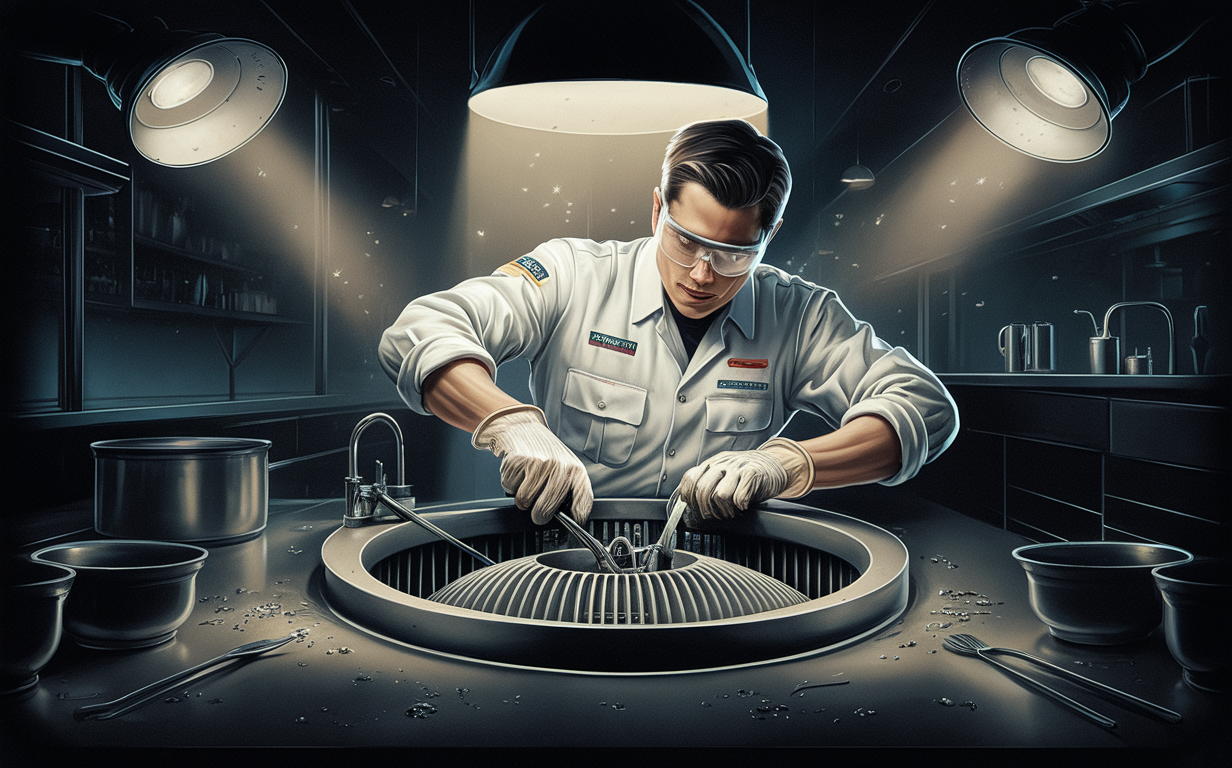
A grease trap functions by slowing down the flow of hot greasy water, allowing fats, oils, and grease (FOG) to cool and solidify. The solidified grease floats to the top, while the cleaned water exits the trap and enters the sewer system. Here’s a simplified process:
- Incoming Grease-Laden Water: Hot water carrying grease enters the trap.
- Cooling and Solidification: The water cools, and grease solidifies, floating to the top.
- Clean Water Exit: The cleaner water flows out, leaving grease behind.
Best Practices for Maintaining Your Restaurant’s Grease Trap
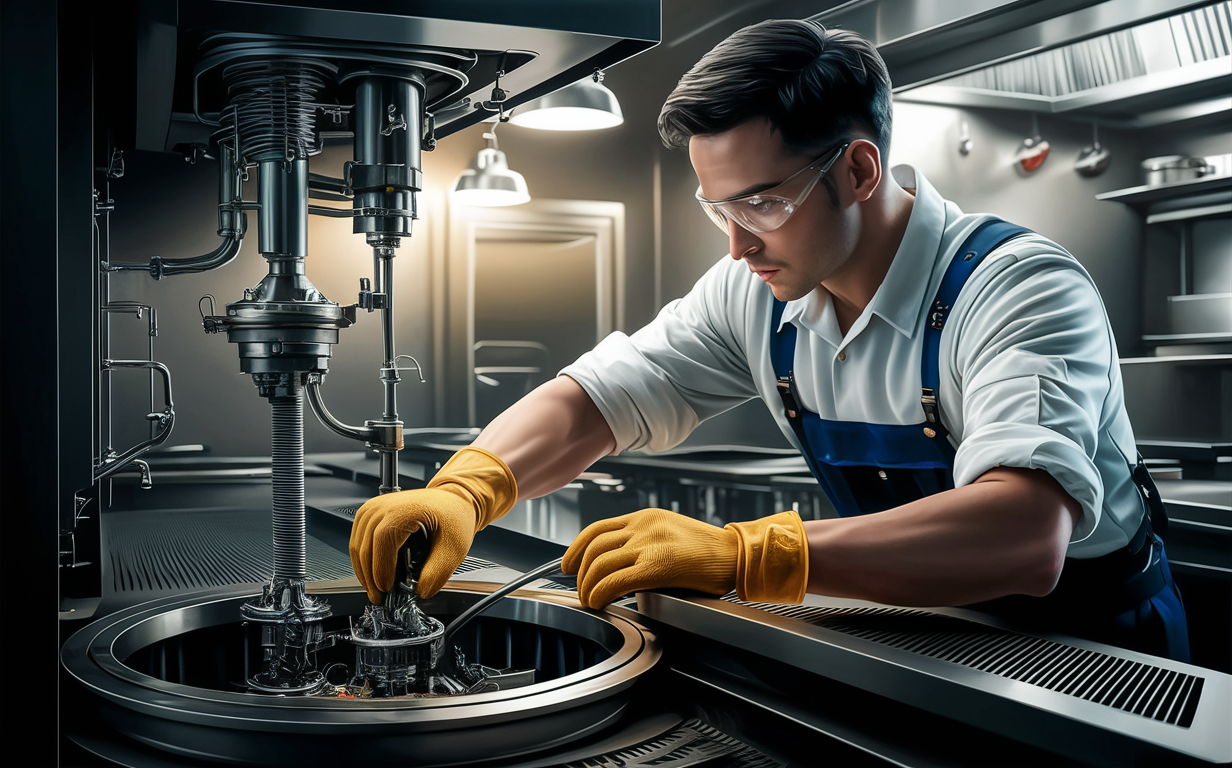
1. Establish a Routine Cleaning Schedule
Regular cleaning is essential for the effective operation of a grease trap. Depending on the size and usage, most grease traps should be cleaned every 1-3 months. Here’s a suggested routine:
| Cleaning Frequency | Type of Establishment | Volume of FOG (Fats, Oils, Grease) |
|---|---|---|
| Monthly | High-volume kitchens | Large amounts of FOG |
| Bi-monthly | Medium-volume kitchens | Moderate amounts of FOG |
| Quarterly | Low-volume kitchens | Small amounts of FOG |
2. Train Kitchen Staff
Ensure your kitchen staff is trained on proper grease disposal methods. Regular training sessions can cover topics such as:
- Proper Disposal Methods: Discouraging the pouring of grease down sinks.
- Use of Strainers: Installing strainers in sinks to catch food particles.
- Recording Maintenance: Keeping records of cleaning schedules and procedures.
3. Use the Right Tools
Investing in the right tools can make grease trap maintenance easier. Essential tools include:
- Grease Trap Cleaning Tools: Scrapers, brushes, and gloves for manual cleaning.
- Biological Agents: Enzyme-based cleaners that help break down grease.
- Professional Services: Regular professional pumping and inspection services.
4. Conduct Regular Inspections
Regular inspections help identify potential issues before they become major problems. A bi-weekly or monthly inspection schedule can be beneficial. Key areas to inspect include:
- Grease Levels: Ensure the trap isn’t overfilled with grease.
- Structural Integrity: Check for cracks or damages in the trap.
- Flow Rates: Ensure that water is flowing through the trap efficiently.
5. Record Keeping
Maintaining detailed records of grease trap maintenance is essential for regulatory compliance. Records should include:
- Cleaning Dates: When the trap was last cleaned.
- Inspection Results: Findings from regular inspections.
- Service Provider Details: Information about professional services used.
6. Implementing a Grease Trap Maintenance Plan
A well-structured maintenance plan includes regular cleaning, training, and inspections. Here’s a sample plan:
| Task | Frequency | Responsible Party |
|---|---|---|
| Clean grease trap | Monthly | Kitchen staff |
| Inspect grease trap | Bi-weekly | Maintenance team |
| Train kitchen staff | Quarterly | Management |
| Record maintenance | Ongoing | Assigned personnel |
| Professional pumping | Quarterly/Yearly | External service provider |
Common Mistakes to Avoid
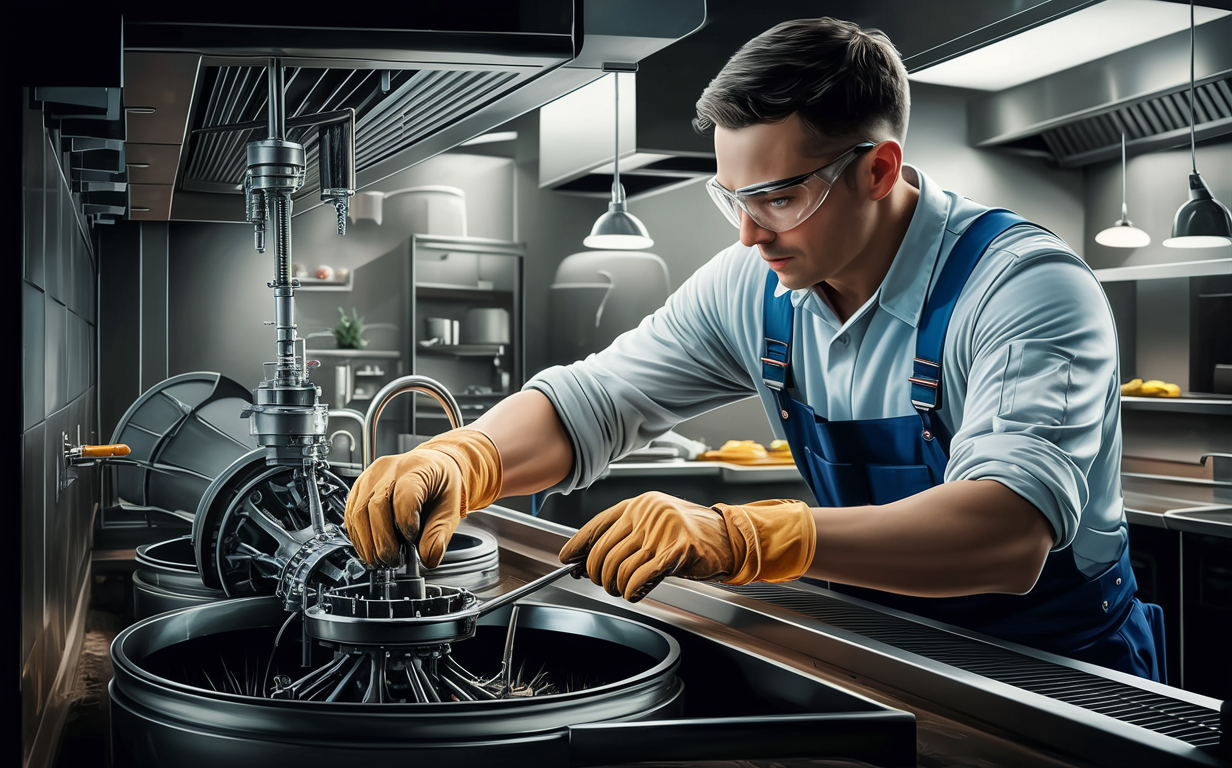
Avoiding common mistakes is essential for effective grease trap maintenance. Here are some pitfalls to watch for:
- Infrequent Cleaning: Waiting too long between cleanings can lead to blockages.
- Improper Disposal: Pouring grease down the sink instead of using designated containers.
- Ignoring Inspections: Skipping regular inspections can result in undetected issues.
- Using Harsh Chemicals: Avoid using chemicals that can corrode the trap or harm the environment.
Benefits of Professional Grease Trap Services
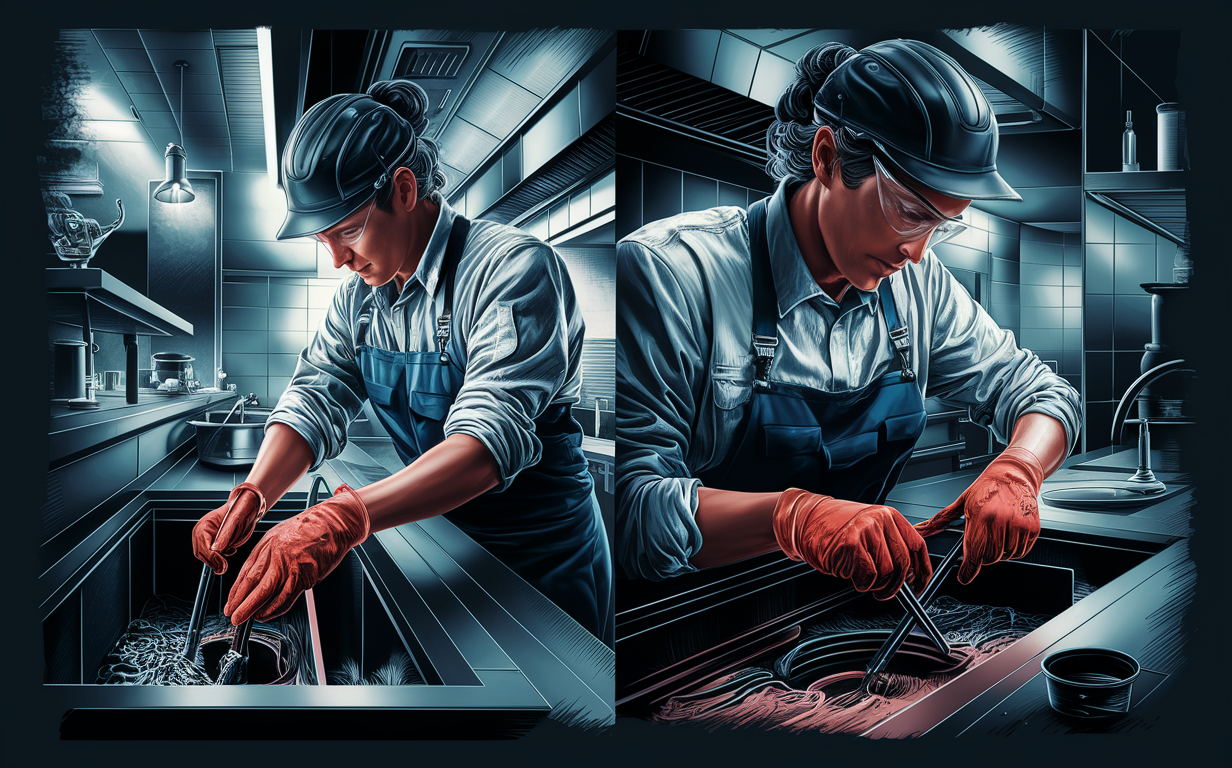
While self-maintenance is important, professional services offer several advantages, Best Practices for Restaurant Grease Trap Maintenance:
- Expertise and Experience: Professionals have specialized tools and knowledge.
- Thorough Cleaning: Ensures all grease is removed, preventing future issues.
- Compliance: Helps ensure your restaurant meets local regulations.
When to Call a Professional
Knowing when to call a professional is essential. Here are some indicators:
- Frequent Blockages: Recurring issues despite regular cleaning.
- Foul Odors: Persistent bad smells even after maintenance.
- Structural Damage: Visible cracks or damages to the grease trap.
Tips for Choosing a Professional Service
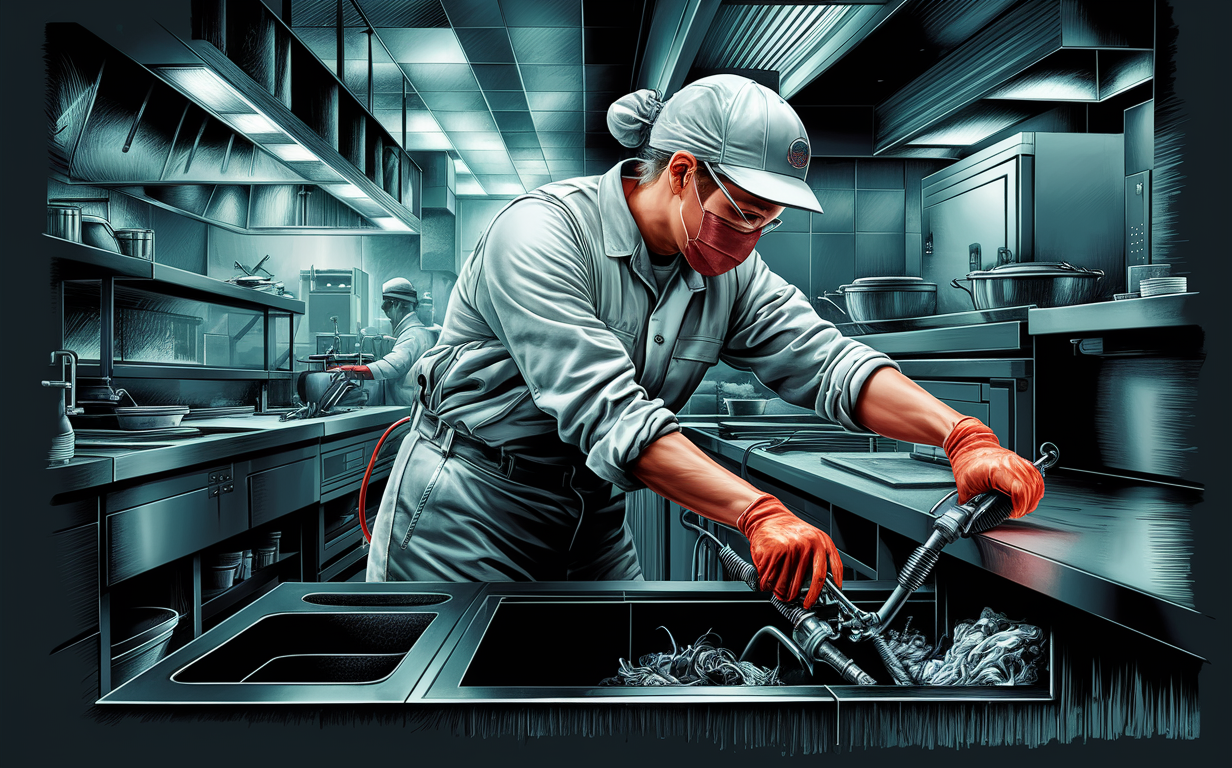
Selecting the right professional service provider is crucial. Here are some tips of Best Practices for Restaurant Grease Trap Maintenance:
- Experience: Look for companies with a proven track record in grease trap maintenance.
- Certifications: Ensure they have the necessary certifications and licenses.
- Reviews and References: Check customer reviews and ask for references.
Essential Tools for Grease Trap Maintenance
- Grease Trap Cleaning Tools: Scrapers, brushes, and gloves.
- Biological Agents: Enzyme-based cleaners.
- Flow Rate Monitors: Devices to measure water flow efficiency.
- Inspection Cameras: For detailed internal inspections.
- Maintenance Logbook: For detailed record-keeping.
DIY vs. Professional Grease Trap Maintenance
Both DIY and professional maintenance have their pros and cons. Here’s a comparison:
| Aspect | DIY Maintenance | Professional Maintenance |
|---|---|---|
| Cost | Lower initial cost | Higher initial cost |
| Expertise | Requires basic knowledge | Advanced expertise |
| Equipment | Basic tools needed | Specialized tools |
| Thoroughness | May miss some areas | Comprehensive cleaning |
| Time | Time-consuming for staff | Saves time with scheduled services |
Environmental Impact of Grease Trap Maintenance
Proper Best Practices for Restaurant Grease Trap Maintenance also has significant environmental benefits. By preventing FOG from entering the wastewater system, restaurants can help reduce water pollution and promote sustainable practices.
Eco-Friendly Practices
- Biological Cleaners: Use enzyme-based cleaners that are environmentally friendly.
- Proper Disposal: Ensure grease is disposed of through proper channels.
- Water Conservation: Implement water-saving techniques in the kitchen.
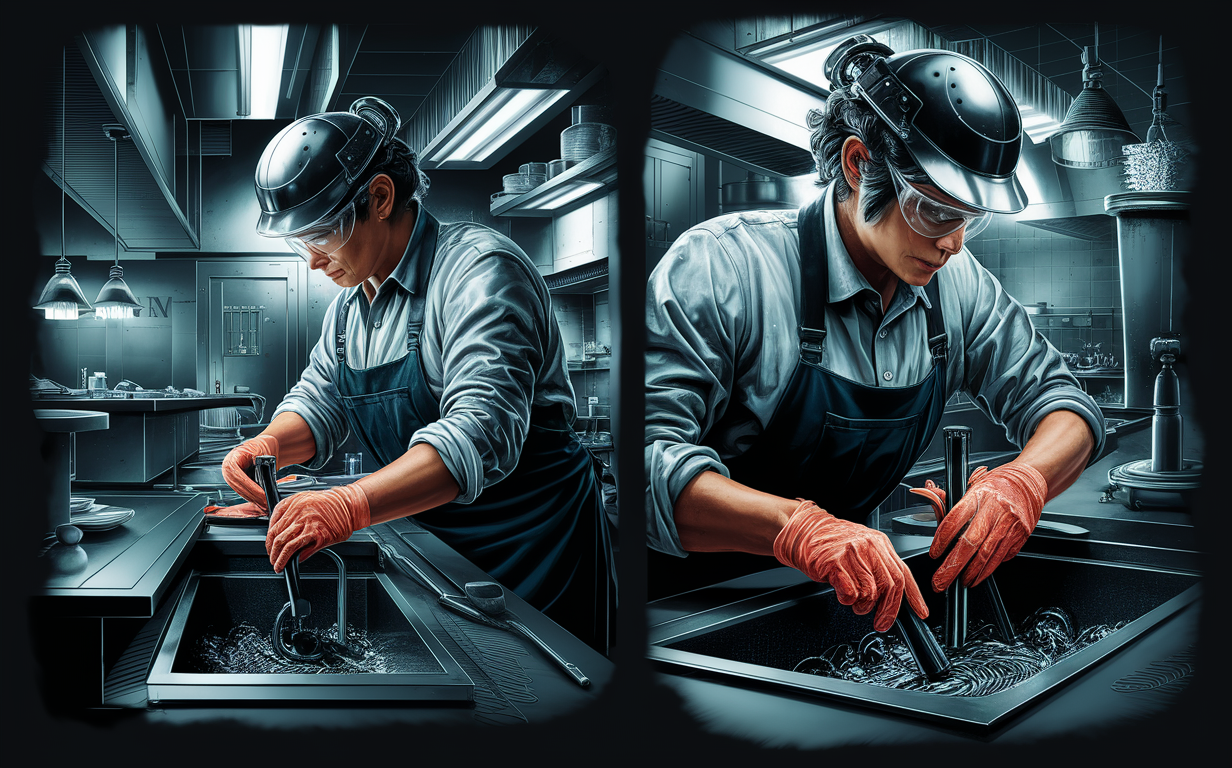
Conclusion
Best Practices for Restaurant Grease Trap Maintenance involves regular cleaning, staff training, and professional services. By following these best practices, restaurant owners can ensure their kitchens run smoothly, comply with health regulations, and contribute to environmental sustainability.
Incorporate these tips into your daily operations and watch your restaurant thrive with fewer plumbing issues and a cleaner, more efficient kitchen environment.
Key Points Recap:
- Regular Cleaning: Prevents blockages and ensures smooth operations.
- Staff Training: Essential for proper grease disposal.
- Professional Services: Offer thorough cleaning and inspection.
- Detailed Records: Necessary for regulatory compliance.
- Environmental Benefits: Reduces water pollution and promotes sustainability.
By adhering to these best practices, you can maintain an efficient and compliant kitchen, avoiding costly repairs and ensuring a pleasant dining experience for your customers. Best practices for restaurant grease trap maintenance. Learn key tips for cleaning, inspections, and staff training to prevent clogs and ensure regulatory compliance. Feel free to visit our website or contact us for assistance.

